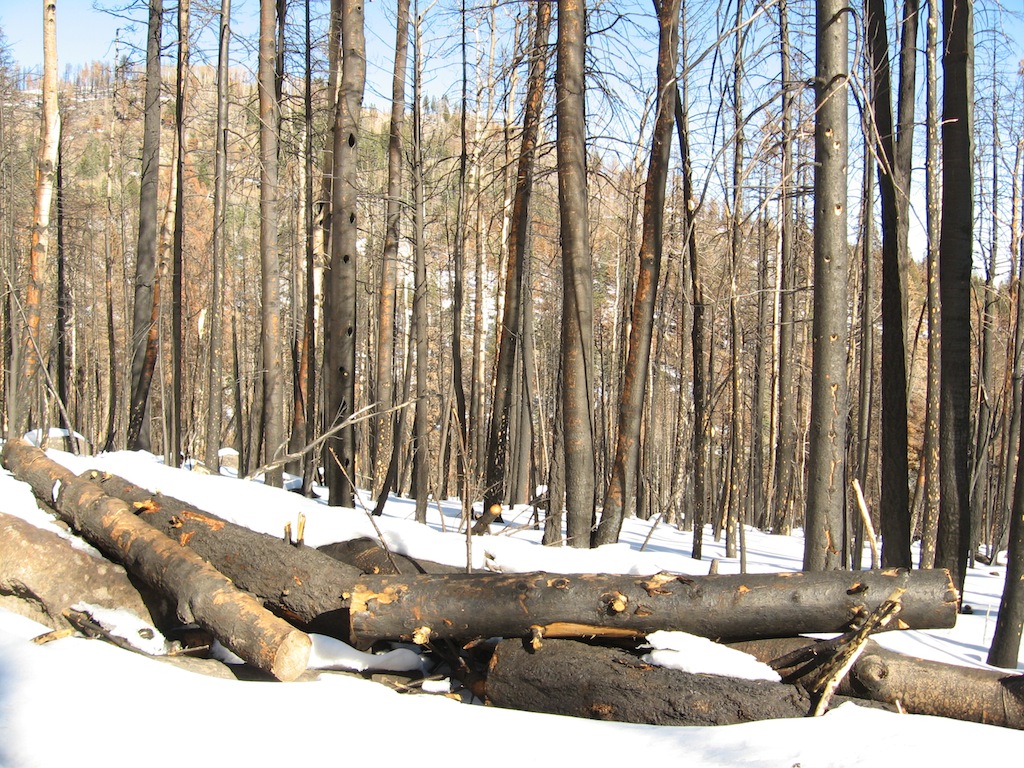Oxford Graduate in Fourteenth-Century North America!? December 11, 2012
Author: Beach Combing | in : Medieval , trackbackDid an English monk walk in the Americas in the fourteenth century, a hundred and fifty years before Columbus sailed into the Caribbean? The answer is almost certainly yes. And this is not just the opinion of the present writer (nutcase that he may or may not be), rather it is the opinion of all experts in the field. The incredible thing is that more has not been made of this. The relevant text is the Inventio Fortunata, a fourteenth-century Latin description of an Arctic voyage. We have examined the history of the Inventio Fortunata recently in another post and there we explained that only a copy of a copy of a copy of part of the original now survives: a beautiful example of a burning library text. But in the surviving copy we learn that its author a Minorite friar from Oxford, visited Greenland and seemingly the west coast of this land. We have to imagine ourselves in western Greenland when we read the following extraordinary passage.
And on the other side of this sea was the best and healthiest land in all the North. Also [the monk] said that the sea which lay on the east side could never be frozen because so many channels united there. And it was narrow besides, so that the current was very strong. But that the one which ran on the west side used to freeze almost every year: and remained frozen sometimes for three months. And in that land he had seen no signs of habitation. But in a country which lay to the North opposite it, he had recognized planks of ships and tree trunks. All these four countries are high open lands (i.e. plateaus) except some mountains four fathom [sic] high. There are many trees of Brazil wood. When this priest…
The dots (‘…’) here do not represent sadism on the part of this author but rather on the part of Cassiope, the muse of history, because there is a line missing here just as things were getting really interesting.
This passage, in any case, needs some unpicking. The four lands, refers to the four lands that lay around the Pole, in the opinion of our Oxford author. The sea which freezes is, perforce, the Davis Strait, which often does freeze over in Winter. There were traditionally scrub trees (birches etc) in Greenland but no substantial timber. The friar recognised ‘planks of ships and tree trunks’, this must refer to previous tree felling, very likely of Norse expeditions to Labrador, where we know that the Greenlanders originally got their timber in their ‘Markland’. The ‘brazil wood’ is a phrase that was almost certainly not in the original but presumably is a calque on a word for strong ship-building timber…
This passage is a clincher and Beach can see no way of escaping the conclusion. In the fourteenth-century, an Oxford graduate walked in the coastal forests of Labrador and ran his hands over the trunks that previous Viking expeditions had felled. Anyway of avoiding a fourteenth-century English visit to North America then write in: drbeachcombing AT yahoo DOT com
***
This post has excited unprecedented interest. I will deal with it then not here but in a future post looking at some objections, questions and additions offered by readers.



